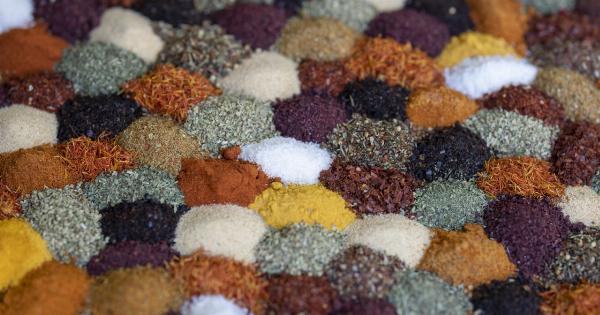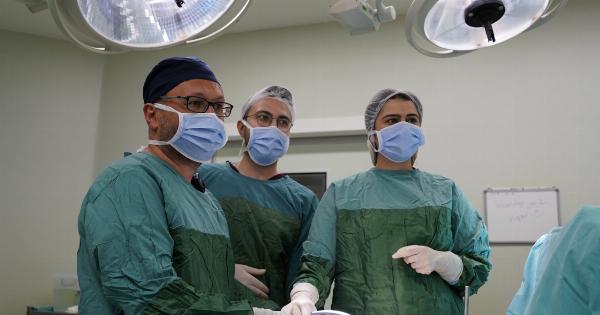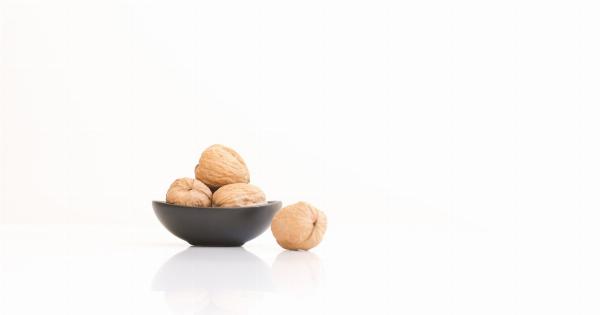Caesarean births or c-sections have become more common in recent years. While it is a relatively safe procedure, it poses risks to both the mother and child.
Researchers have discovered that c-sections can also increase the incidence of childhood allergies. This article delves into the relationship between caesarean births and childhood allergies.
Definition of Caesarean Births
Caesarean birth or c-section is a surgical procedure where a baby is delivered through an incision made in the mother’s abdominal and uterine walls.
Many c-sections are performed when there is a medical emergency, but they are also performed electively in some instances.
Why are Caesarean Births Performed?
There are several reasons why a c-section may be recommended or performed. These can include:.
- The baby is in a breech position
- The mother has a medical condition that makes a vaginal delivery dangerous
- The baby is in distress and needs to be delivered quickly
- The mother has had a previous c-section
- The mother has a large baby or multiple babies
- The labor is not progressing normally
Risks Associated with Caesarean Births
C-sections are major surgical procedures and carry risks for both mother and child. Some risks associated with c-sections include:.
- Breathing problems in the baby
- Injury to the baby during the surgery
- Higher risk of infection for both mother and baby
- Increased risk of bleeding
- Longer hospital stay for the mother and baby
- Pain and discomfort for the mother during recovery
The Relationship Between Caesarean Births and Childhood Allergies
Recent studies have shown that babies delivered by c-section may be at an increased risk of developing allergies.
This is because during a vaginal birth, the baby is exposed to bacteria in the mother’s birth canal, which can help to prime the baby’s immune system. This exposure is absent during a c-section delivery.
Research has shown that infants born by c-section have altered gut flora, which can lead to an overactive immune system and an increased risk of developing allergies.
Studies have also shown that babies born by c-section have lower levels of beneficial bacteria such as Bifidobacterium and Lactobacillus, which are essential for gut health and a well-functioning immune system.
How to Reduce the Risk of Childhood Allergies for Babies Delivered by C-Section
While it may not be possible to avoid a c-section delivery in some instances, there are steps that mothers can take to help reduce the risk of childhood allergies in their babies. These include:.
- Breastfeeding – Breast milk can help to provide babies with beneficial bacteria that have been shown to reduce the risk of allergies.
- Probiotics – Taking probiotics during pregnancy and breastfeeding can help to improve the gut flora of both mother and baby.
- Vaginal Seeding – This is a process where a swab is taken from the mother’s vagina and wiped on the baby’s skin after delivery. This can help to provide beneficial bacteria to the baby that would have been present during a vaginal birth.
Conclusion
Caesarean deliveries are undoubtedly life-saving in some situations. However, the benefits and risks of c-sections must be weighed carefully, especially as they relate to allergies in children.
Mothers who deliver by c-section can take steps to reduce the risk of allergies in their babies, but more research is needed in this area to fully understand the relationship between caesarean births and childhood allergies.































